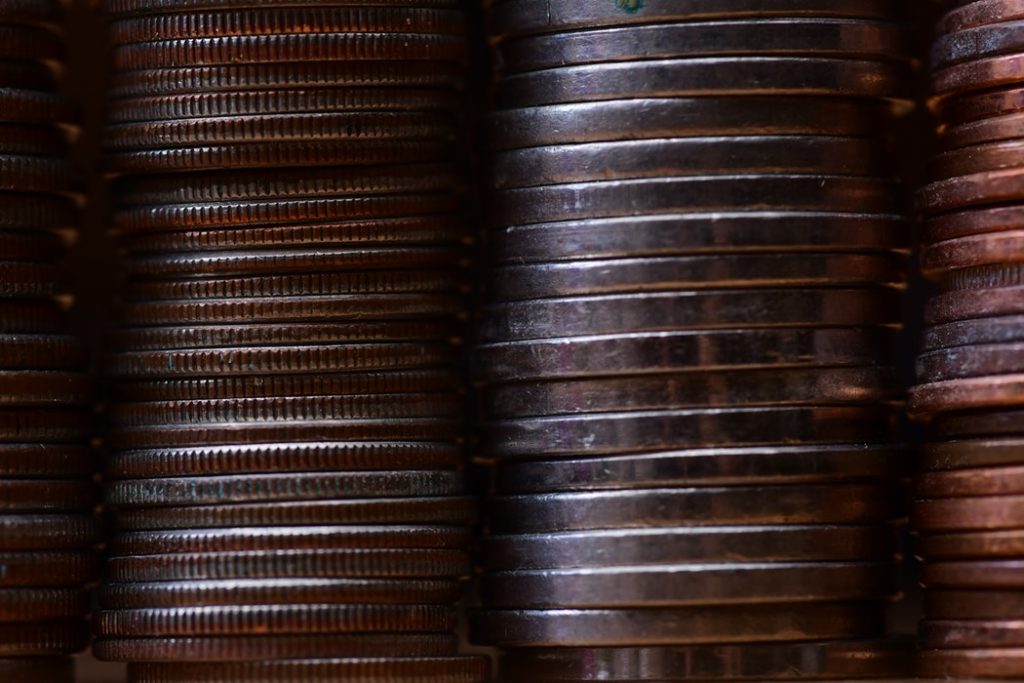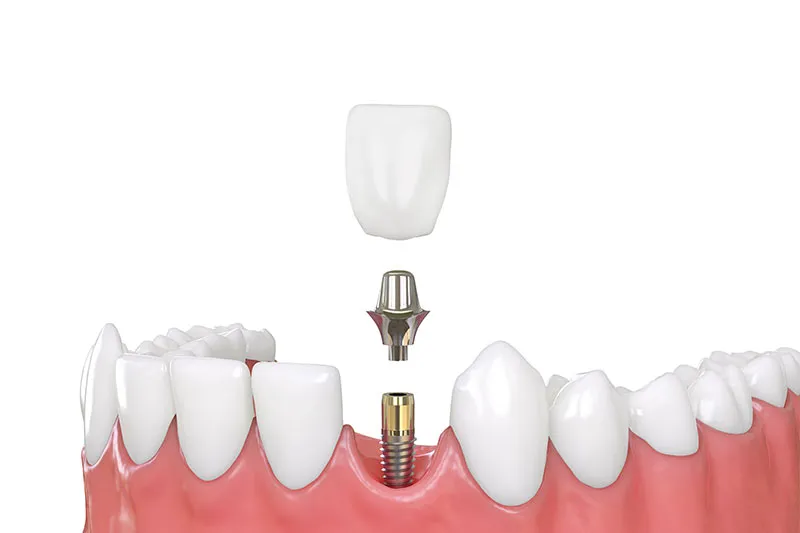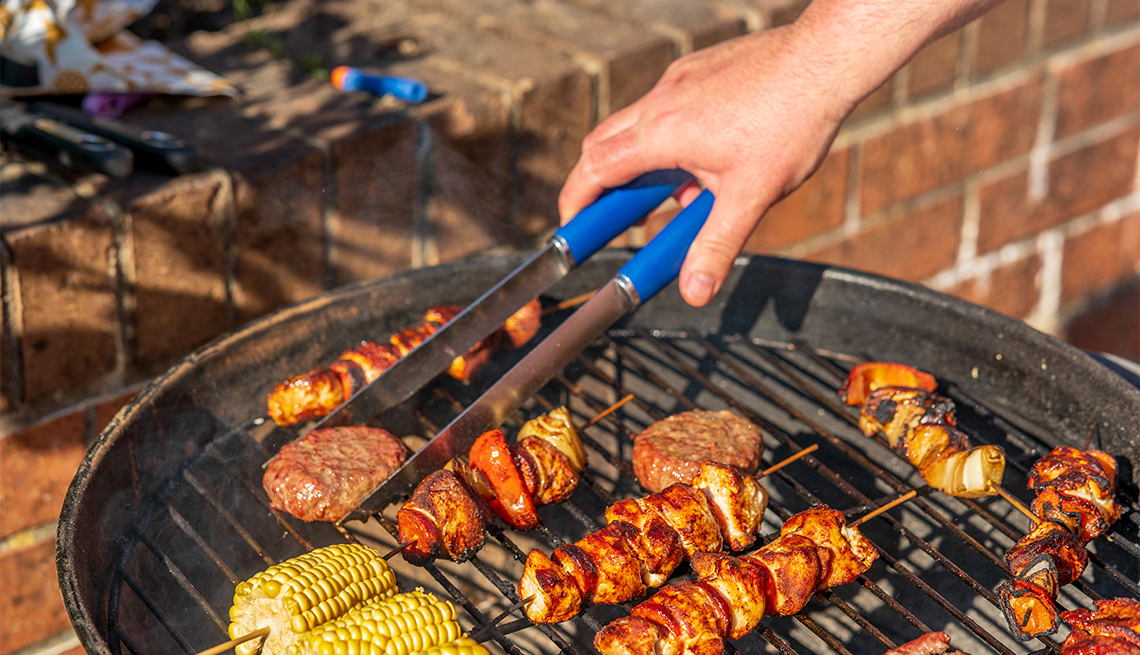In uncertain times, the price of gold, silver and platinum tends to rocket, meaning that lots of people think about buying precious metals either as a first-time investment or as a diversification in an existing portfolio. While the proportion of honest and reputable dealers is overwhelming, there are a few unscrupulous types out there, waiting to take advantage of inexperienced buyers by selling them overpriced or even non-existent coins.
So, before you buy your precious metals or coins, you need to do your homework and get your information from somewhere – or someone – other than the dealer who’s trying to sell you the metals. Online sellers like Golden Eagle Coins have a lot of information resources on their websites so they’re a good place to start.
When you do start your research, the first things you need to find out about are the current cost per ounce of the metals, the bullion value versus collector value of any coins and how soon your goods will be with you.
The price of the metal
If you’re looking to buy gold, for example, then you need to know that bullion coins sell for a small amount (the premium) over the spot price for gold to take into account the fabrication fee the government charges.
The spot price of gold is based on bars that are 100 ounces or more and gold bullion coins weighing from 1/10 of an ounce to an ounce tend to sell at a premium of 3% to 15% over spot price. The variation in premium comes from the nature of the coin, the size and the number being bought.
Most gold bullion dealers in the US will sell a single, 1oz gold coin for around 4-5% over the spot value and buy them from customers at around 2% less than their selling price. The safest coins for investors to start off with are Krugerrands from South Africa, American Eagles and Canadian Maple Leafs. Don’t buy anything until you’ve shopped around a bit.
Bullion versus collector
The other important thing you need to know is that there’s a difference between bullion and collector coins. The value of bullion coins fluctuates because the price of gold does, whereas collector coins can have big premiums attached to them if they’re rare or in demand.
The more easily available US gold coins can be had for a small premium over the bullion/spot price, but if you can find the same coins in very good or even mint condition then you may have to pay significantly more than their melt value. Rare, accurately graded coins are seriously in demand now, so do be on the look-out.
The delivery
Usually you can expect your coins or bullion to arrive ten to 14 days after you’ve paid for them. If there is a mint problem then your dealer should inform you of the potential delay in writing.
You really shouldn’t take up any offers from your dealer to store your coins or bullion for you, as it has been known for people to pay for what can only be described as theoretical gold. If you’re buying a large amount of gold, then you could use a third-party, independent storage facility, ideally a bank vault.










